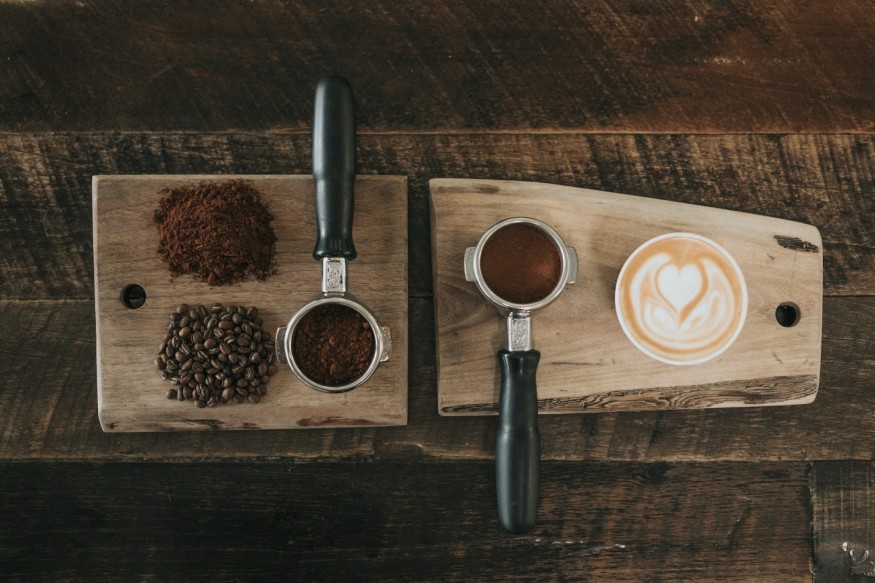
Great coffee doesn't grow on trees, just as the old adage indicates, "money doesn't grow on trees." However, coffee does, in fact, grow on bushes that can reach over 5 feet tall and, further, money does grow by using those exquisite coffee beans to create amazing coffee flavors.
The first subject to mention when discussing coffee is that, much like wine, most consumers do not agree on which flavor profile makes the best-tasting coffee. There are too many choices and very few consumers can decide on one flavor of coffee that suits all tastes. To further complicate the issue, there are two kinds of coffee beans, arabica and robusta, with a variety of strengths and roasted flavors that emanate from both. Additionally, the roasting process can complicate the flavors, depending on length of time, equipment used, heat applied, and several other variables in the science of great coffee.
If you enjoy nothing more than a robust and rich cup of coffee to make your world shine, join us as we explore the structure of building a coffee house that will serve all the roasted goodness of these small beans.
Coffee lovers dream of starting a coffee house that roasts and serves fresh flavors every day; many do not achieve that dream. For those who do, however, there are numerous rewards and profitable outcomes, including the fact that all the coffee is available to the owner any time of day. That's incentive enough for some of us.
To start a coffee house, you'll want to set some serious plans into place. First, you'll need to create your business plan, which will drive the remaining elements of your business. If you do not have a plan, use this business plan for coffee shop to create a substantial outlook for the first years of your coffee house. Included in the plan will be an analysis of your customers and competitors, a financial forecast and any funding needed for the startup, as well as an operational plan and marketing strategies to drive traffic to your coffee house. You'll include a mission statement and objectives, as well, to personalize your efforts and define the outcomes you seek.
Assessing potential customers for your coffee house is critical for your business. You'll want to estimate how many customers will be needed daily or weekly to create a profitable outcome for your investment. To establish a demographic customer, you'll estimate how many live in your regional area, what their ages might be, employment status, and interests in the community.
Analyze your competitors before establishing the location for your coffee house, as well. Do your competitors offer freshly-roasted coffee or do they use supplier-packaged coffee beans or ground coffee? Do your competitors employ special discounts or bundled packages to entice customers through their doors? Are any offers unique or seasonal? What pricing models do your competitors employ? Each of the answers to these questions will move your business toward a competitive edge with the purpose of overcoming your competitor's offers.
Secure your location for the coffee house after deciding on the demographics of your customer and the competitor offers that may affect your sales. Choose an area that is busy all day, every day in an area that is trafficked by shoppers and leisurely strollers who may happen by. Use your storefront as an advertisement and a testing counter. Position a coffee cart outside the entrance and invite coffee lovers to taste your freshly-roasted coffees. Tasting usually turns to buying, which indicates you have created a customer who will return again and again.
Create an especially warm interior by using brick and wood accents to demonstrate an industrial feel, particularly if the coffee roaster equipment can be seen by visitors. The mechanics of roasting is fascinating; ensure customers can watch it. Include comfortable chairs in your coffee house because you'll want customers to sit, relax, sip coffee, and order food to accompany that coffee. You want customers to stay as long as they like, and engage with other customers. In short, you are creating an "at home" environment for every customer.
Finally, market your coffee house and all the deliciousness inside by passing out flyers, creating social media callouts, engaging on your website and, most importantly, offering samples of freshly roasted coffee to drive traffic and create new customers for your coffee house.
The science of coffee is actually more like an art form; it is nebulous and highly-personalized. The best way to decide which of the freshly-roasted coffee flavors is the best is to try them all. Then, try them again. And, maybe one more time... We wish you the joy of a flavorful coffee future!
© 2025 ScienceTimes.com All rights reserved. Do not reproduce without permission. The window to the world of Science Times.












